In one of the most oft-shared clips from Fleabag, the celebrated comedic debut from English actor and screenwriter Phoebe Waller-Bridge, two sisters meet in a park. One has experienced a disastrous haircut, and the other is there to comfort her. Sort of. As the pair descend on the salon to demand a refund for the terrible hairdo, an immortal line rings out: “Hair is everything.”
It’s a phrase my own sister and I say to each other all the time.
It’s also a sentiment that runs through Hairy Tales, a new documentary airing on The Nature of Things this week on CBC.
One thing that’s most remarkable about hair is that for all the effort, money and care that we lavish upon it, it’s only dead protein. Still, the damn stuff is invested with all manner of status, identity, culture, beauty, suffering, joy.
The Nature of Things co-hosts Anthony Morgan and Sarika Cullis-Suzuki each have their respective issues with hair. Morgan is worried that he will inherit his father’s and brother’s receding hairlines, whereas Cullis-Suzuki is trying to understand postpartum hair loss.
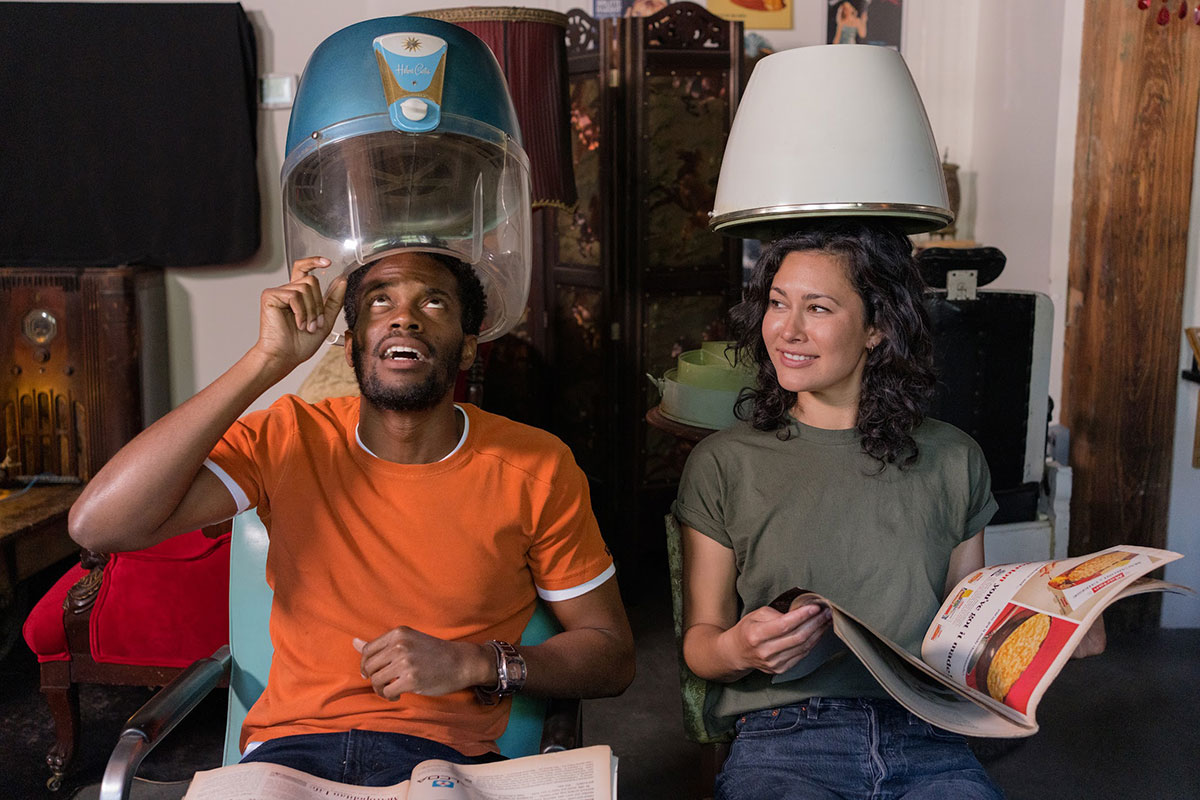
Co-directed by Leora Eisen and Chris Strikes, Hairy Tales takes a fulsome approach to its subject, travelling the globe to interview researchers and scientists aiming to get to the bottom of follicular issues, diving into everything from alopecia to the impact of solar radiation.
In Brazil, scientists strap some hair to the top of their bike helmets and ride beneath the sun’s full glare to determine how climate change and pollution impact hair. In short: it’s not great!
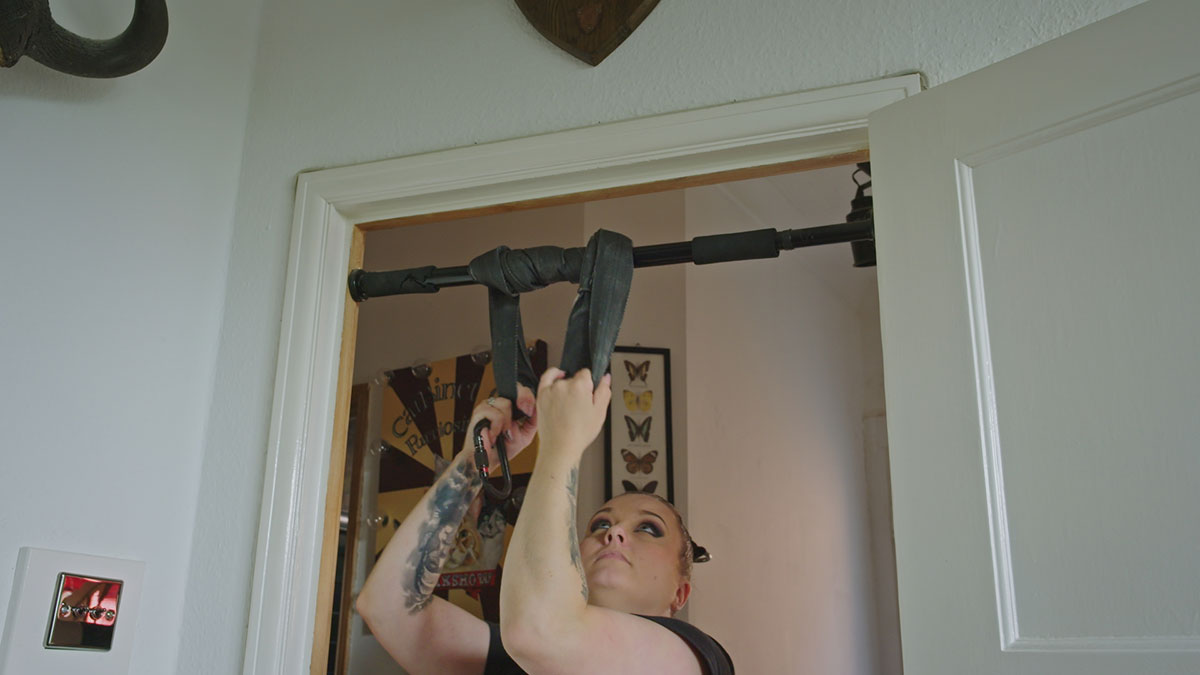
Hanging by a ponytail
In other research areas, things are more positive. Although a pill for baldness might not be in the offing any time soon, scientists have uncovered a wealth of information about how hair functions.
Some of the most fascinating dimensions of the documentary are its explorations of the broader social implications of hair across different time periods and cultures.
Biological anthropologist Tina Lasisi explores the evolutionary origins of hair texture. As she explains, curly and kinky hair reflect the sun’s heat, helping people in warm climates stay cool. As human populations spanned out around the globe, our hair adapted, taking on different colours, textures and manifestations.
Despite its seeming fragility, human hair is phenomenally strong stuff, a fact that is amply demonstrated by Anastasia Sawicka, a U.K. circus performer. As the current Guinness world record holder for strongest hair, Sawicka is able to soar through the air, attached only by her ponytail to an aerial tether. Don’t try this at home, kids — it takes considerable training and a certain degree of pain to reach these heights.
In a duel between thick and thin strands, it turns out the thinner your hair is, the more resilient it is. This is demonstrated in an epic battle with pool noodles between materials scientist Marc Meyers and The Nature of Things co-host Anthony Morgan. The different hair circumferences, as represented via noodle, demonstrate that thicker hair has a tendency to break, whereas thinner strands stand up to more bashing. On the basis of weight, it turns out that human hair is as strong as steel.
Amidst the dazzle of the feats of strength featured in the documentary, it’s the more mundane stuff that is easier to relate to. Is one’s hair thick enough, shiny enough, dull and flat or big and bouncy? Whatever is happening atop your head says a lot about you.
A hairy indicator of health
In search of more hairy information, Cullis-Suzuki pays a visit to Dr. Carolyn Goh, an expert in hair loss. Goh helps people who have lost their strands because of genetic conditions, illness or trauma. It turns out that hair is a good indicator of our overall health, especially our stress levels.
One of the most curious chapters in the film reveals how emotions affect what’s on top of our heads.
Martin Picard, a psychobiologist working in New Jersey, is investigating how emotions and state of mind affect hair colour. The news that stress leads to more grey is relatively common knowledge — one needs only to glance at the progression of former U.S. president Barack Obama’s hair during his time in the White House. It started dark and turned a dove grey.
But why some people’s hair turns grey early on and others’ does not is still something of a mystery.
A study involving 14 participants who plucked hair out of their heads to assess what was happening with them emotionally revealed some startling information. Like the growth rings in a tree, hair can provide indications of what’s happening in a given period of a person’s life.
During the study, participants kept a daily diary tracking their stress levels from one to 10. In one example, a woman who was experiencing a profound period of stress went grey. But when her emotional upheaval was resolved, her hair returned to its former colour. As Picard explains, “You carry your biological history attached to your scalp.”
Just as stress can turn you grey, periods of relaxation and happiness can return colour to your poor old locks. This fact is demonstrated in direct fashion when Morgan puts his own hair under the microscope and Picard can pinpoint to the day when he was feeling peaceful and happy.
Colour returned to Morgan’s head when he was on vacation, doing as little as possible and feeling relaxed. Like a great many things in the human body, it comes down to energy.
Humans have evolved to platform survival above everything else, so when it comes down to directing energy towards either having a luscious head of hair or living another day, the body in its wisdom will turn you grey.
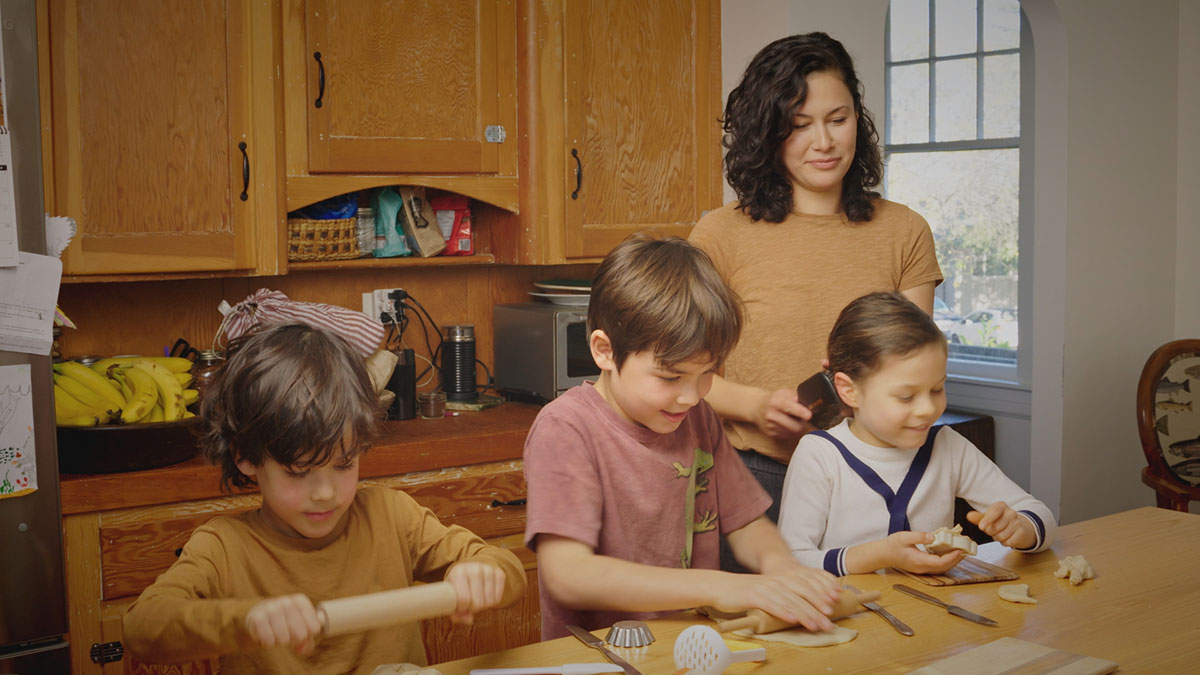
A lifelong unravelling
With more than 100,000 follicles on the average human head, there’s always something going on, whether hair is in a growth state, a resting stage or falling out, preparing the way for new growth. So, if the clumps of hair caught in the shower drain give you a bit of a startle, don’t worry too much. It’s just hair doing its thing.
Still, the level of misinformation about what is good or bad for your hair persists.
My grandmother held the firm opinion that if you wore a hat too frequently, your hair would fall out. When I refused to stop wearing a beloved green tam as a small child, she pulled it off my head one day and used it to wipe her dog’s butt, such was her conviction. But even if you don’t have a particularly forceful grandmother, there are other hair-dedicated folks like hip-hop superstar Cardi B, whose notable dedication to washing her hair with onion water kicked off a trend.
Dermatologist Dr. Renée Beach unpacks the science behind the old wives’ tales and modern TikTok advice on how to make hair bigger, faster and stronger. Most of it is nonsense, of course, and the usual stuff about eating a good diet rich in nutrients, plus working to reduce stress in your life, still holds true.
Still, certain mysteries about hair have yet to be unravelled.
Why one person in a family has bone-straight hair and another possesses wild curls is a complex matter. Genetics is part of it, but it still takes a wild course. My twin sister had straight blond hair as a kid and mine was dark and curly. Such is the case with Cullis-Suzuki’s dad, David Suzuki, whose parents both had straight hair, whereas the famed Canadian scientist had a head full of curls.
So, what to make of all this information? Will it really have much of an impact on how we think about ourselves and other humans? More understanding might make for greater levels of empathy, as well as a more considered approach to the angst that hair, good or bad, seems to foster in folks.
As Beach notes, not a week goes by that some poor kid isn’t sent home from school for having dreads or some other kind of hairstyle that is deemed unprofessional. The lack of cultural understanding around Black hair has long been an issue.
As researchers and scientists continue to unknot the tangled mess, the rest of us stagger on, curling, colouring, straightening. A more perfect symbol for the complexity of the human condition is hard to imagine. Which reminds me, I need to get a haircut.
‘Hairy Tales’ screens on CBC’s ‘The Nature of Things’ (on CBC TV and CBC Gem) on March 7. ![]()




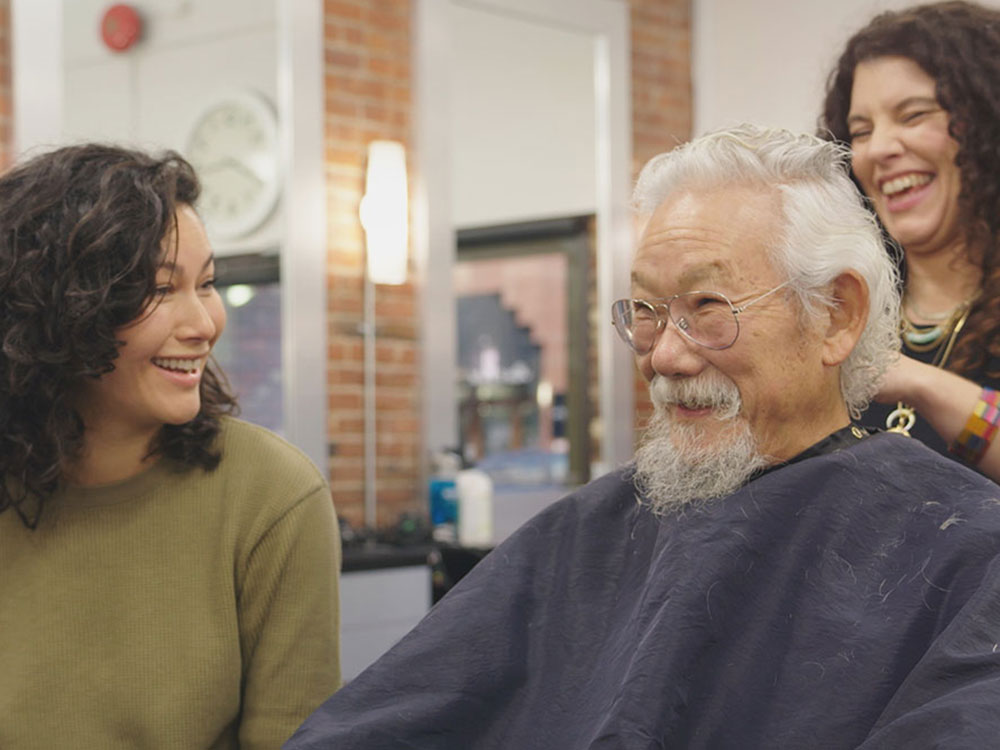
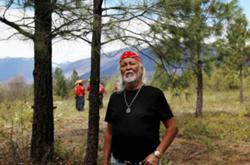

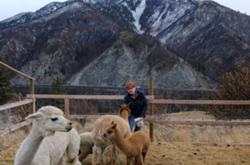









Tyee Commenting Guidelines
Comments that violate guidelines risk being deleted, and violations may result in a temporary or permanent user ban. Maintain the spirit of good conversation to stay in the discussion and be patient with moderators. Comments are reviewed regularly but not in real time.
Do:
Do not: